Shoulder intermuscular spaces 3
Hide All Ads - Subscribe Premium Service Now
Share your inquiries now with community members
Click Here
Sign up Now
Lessons List | 32
Lesson
Comments
Related Courses in Medical
Course Description
The human shoulder is made up of three bones: the clavicle (collarbone), the scapula (shoulder blade), and the humerus (upper arm bone) as well as associated muscles, ligaments and tendons. The articulations between the bones of the shoulder make up the shoulder joints. The shoulder joint, also known as the glenohumeral joint, is the major joint of the shoulder, but can more broadly include the acromioclavicular joint. In human anatomy, the shoulder joint comprises the part of the body where the humerus attaches to the scapula, and the head sits in the glenoid cavity.[1] The shoulder is the group of structures in the region of the joint.[2]
The shoulder joint is the main joint of the shoulder. It is a ball and socket joint that allows the arm to rotate in a circular fashion or to hinge out and up away from the body. The joint capsule is a soft tissue envelope that encircles the glenohumeral joint and attaches to the scapula, humerus, and head of the biceps. It is lined by a thin, smooth synovial membrane. The rotator cuff is a group of four muscles that surround the shoulder joint and contribute to the shoulder's stability. The muscles of the rotator cuff are supraspinatus, subscapularis, infraspinatus, and teres minor. The cuff adheres to the glenohumeral capsule and attaches to the humeral head.
The shoulder must be mobile enough for the wide range actions of the arms and hands, but stable enough to allow for actions such as lifting, pushing, and pulling.
Trends
Graphic design tools for beginners
MS Excel
Google Python class
Learning English Speaking
French language for beginners
Python programming language
ChatGPT high level
French
VLSI Physical Design basics
Excel fundamentals for finance
Web Design for Beginners
Data analysis in Python
YouTube channel setup
Design and Analysis of algorithms DAA
Formation efficace à l écoute de l
Electrical engineering for engineer
WordPress Complete Course in Hindi
Reading financial statements
Marketing basics for beginners
Embedded Systems ES
Recent
Create AI Videos
Creating AI videos
Runway gen 3 AI video generator
Logistic regression machine learning
Linear regression in python
Neural Network python
Optimization in deep learning
CNN in deep learning
Recurrent neural networks
Deep neural network python
Transformers in deep learning
Installing gitHub MCP
AI image generators
AI avatar animation
Figma MCP
Google A2A protocol
10X coding tools for developers
French language for beginners
Pronunciation sounds in french
French learning strategies




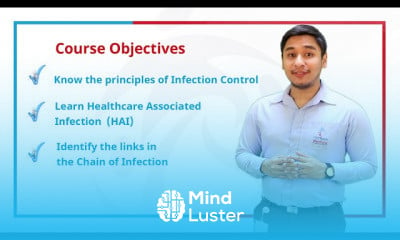
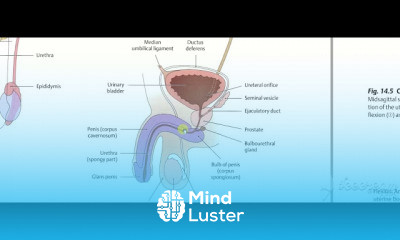
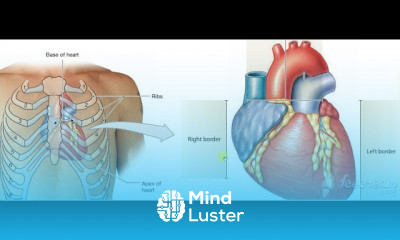
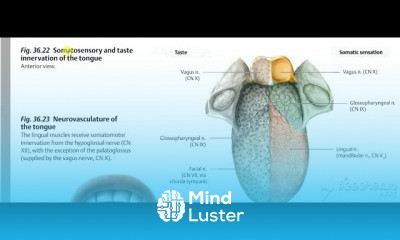
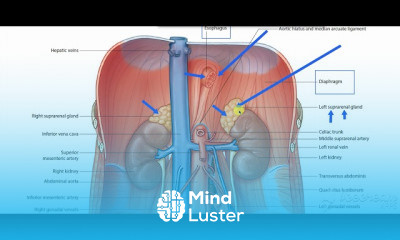
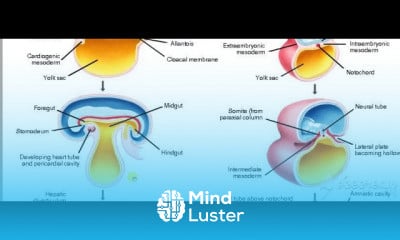
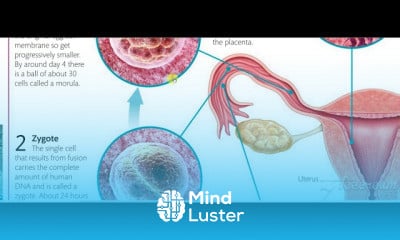
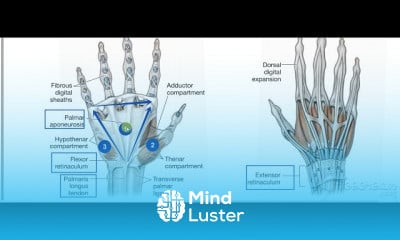
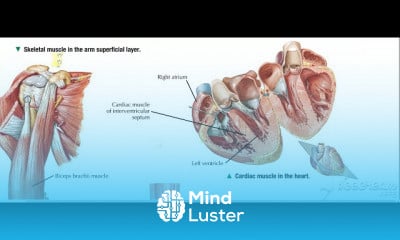
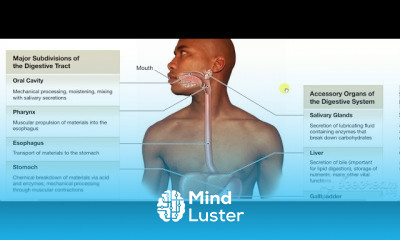
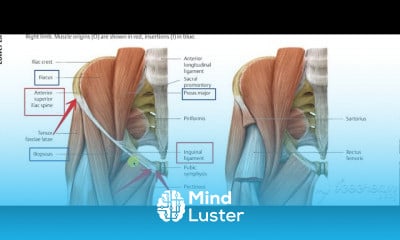
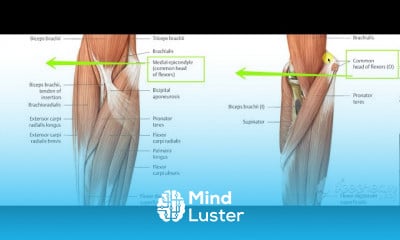
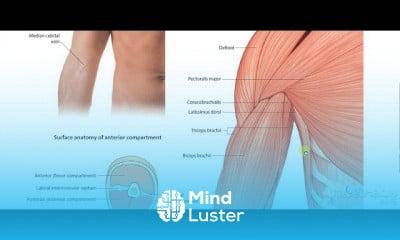
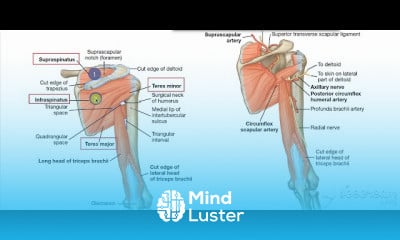
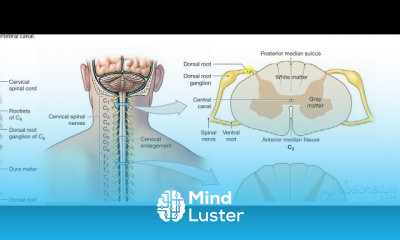
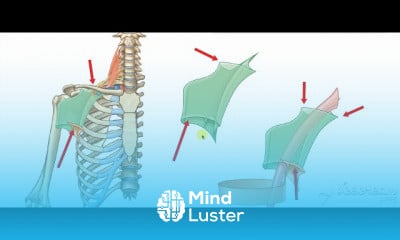
You must have an account within the platform in order to participate in the discussion and comment. Register now for freeClick here